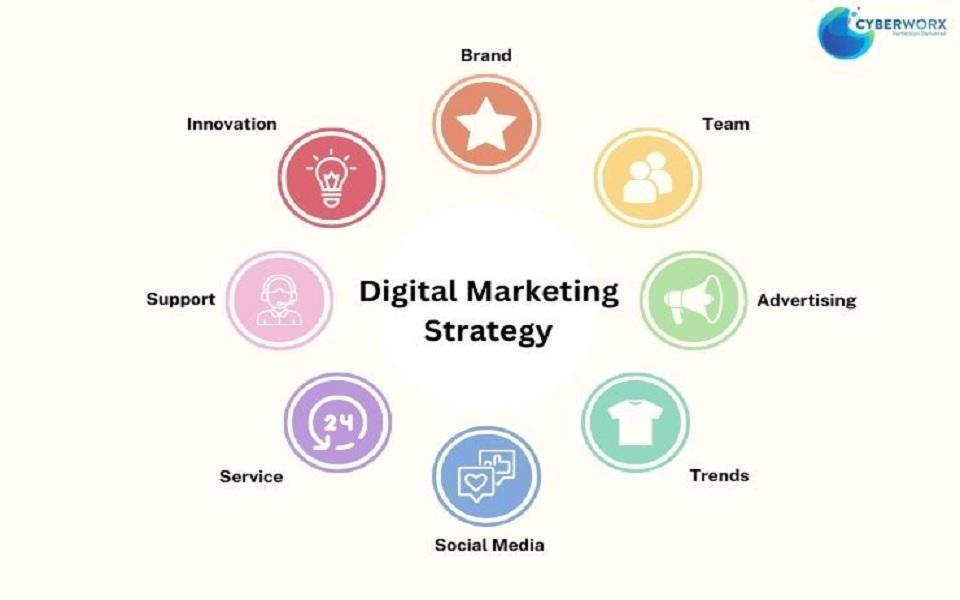Marketing
Optimizing Client Meetings For Success
In today’s fast-paced and competitive business landscape, client meetings play a crucial role in establishing and maintaining successful relationships. However, many professionals struggle to optimize these meetings, leading to inefficiencies and missed opportunities.
This article will explore strategies for optimizing client meetings, with the aim of enhancing the overall experience for clients and increasing the likelihood of gaining and retaining their business.
To achieve this objective, several key approaches will be examined.
First, clearly stating the meeting goal at the outset helps to align all participants and set a focused agenda.
Connecting this goal to the client’s emotional needs can further enhance engagement and buy-in.
Additionally, prioritizing action items and next steps ensures that meetings result in tangible outcomes and progress.
Allocating a significant portion of meeting time to discussing optimizations and initiatives can also demonstrate value and keep clients actively involved.
Finally, documenting major performance takeaways allows for future reference and reinforces key messages.
By implementing these strategies, professionals can optimize client meetings, leading to more productive interactions, stronger relationships, and improved business outcomes.
Key Takeaways
- Clearly state meeting goals at the outset to align participants and set a focused agenda.
- Connect goals to client’s emotional needs for engagement and buy-in.
- Prioritize action items and next steps for tangible outcomes and progress.
- Allocate significant meeting time to discussing optimizations and initiatives to demonstrate value and keep clients involved.
Optimizing Client Meetings
Optimizing client meetings involves improving communication and increasing efficiency. According to Maddie Cary’s guide on running more effective client meetings, one key aspect is clearly stating meeting goals at the beginning. This helps set the direction and purpose of the discussion, ensuring everyone is on the same page.
Additionally, focusing on action items and next steps is crucial. Instead of simply presenting numbers, the emphasis should be on actionable insights and strategies that can drive results. By spending the majority of meeting time on optimizations and initiatives, clients can see the value in the partnership and feel confident in the progress being made.
This approach not only improves the overall meeting experience but also enhances the effectiveness of the client-agency relationship.
Enhancing the effectiveness of client meetings involves strategically structuring discussions to captivate participants with compelling ideas that resonate deeply and instill a sense of purpose while fostering a collaborative environment. One way to achieve this is by incorporating brainstorming strategies that encourage active participation and generate innovative solutions. Effective communication is another crucial aspect of optimizing client meetings. It is essential to clearly articulate ideas, actively listen to clients’ concerns, and provide constructive feedback. By establishing open and transparent communication channels, clients will feel valued and engaged, leading to more productive discussions and positive outcomes. Furthermore, utilizing visual aids such as the following table can help grab the attention of participants and facilitate the exchange of ideas:
| Brainstorming Strategies | Effective Communication |
|---|---|
| Encourage creativity | Active listening |
| Foster collaboration | Clear articulation |
| Embrace diverse perspectives | Constructive feedback |
One effective approach to improving the efficiency of client meetings involves strategically structuring discussions to captivate participants with compelling ideas that resonate deeply and instill a sense of purpose while fostering a collaborative environment.
Strategies for engagement include using effective communication techniques to ensure that all participants feel heard and valued. This can be achieved by actively listening to client concerns, asking open-ended questions to encourage dialogue, and summarizing key points to demonstrate understanding.
Additionally, incorporating visual aids and interactive elements can help to maintain participants’ attention and facilitate a more engaging discussion.
By implementing these strategies for engagement and effective communication, client meetings can become more productive, efficient, and ultimately lead to better outcomes.
Frequently Asked Questions
What are some common mistakes that can hinder the success of client meetings?
Avoiding distractions and setting clear expectations are crucial in running successful client meetings. Common mistakes that can hinder success include lack of preparation, failure to clearly define meeting goals, and focusing too much on numbers instead of actionable steps.
How can client meetings be tailored to meet the specific needs and preferences of each client?
Tailoring communication in client meetings involves adopting a personalized approach to meet specific client needs and preferences. This can be achieved by understanding their goals, emotions, and desired outcomes, and structuring the meeting accordingly. Such an approach enhances client satisfaction and strengthens relationships.
What are some tips for effectively managing time during client meetings?
Managing interruptions during client meetings can be achieved by setting clear agendas and timeframes, establishing guidelines for participation, and using effective communication techniques. These strategies ensure that discussions stay focused, goals are achieved, and everyone’s time is respected.
How can client meetings be used as an opportunity to build stronger relationships with clients?
Building trust and effective communication are crucial in client meetings. 82% of clients say that building a strong relationship with their agency is a top priority. By focusing on understanding their needs and goals, meetings can be used to strengthen these relationships.
Are there any specific strategies or techniques that can be used to handle difficult clients during meetings?
Difficult client management during meetings can be addressed through effective conflict resolution strategies. Techniques such as active listening, empathy, and finding common ground can help to diffuse tension, build rapport, and foster a positive working relationship with challenging clients.

